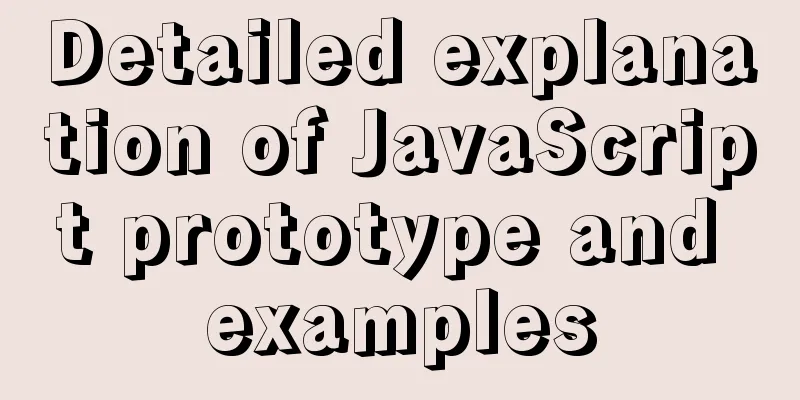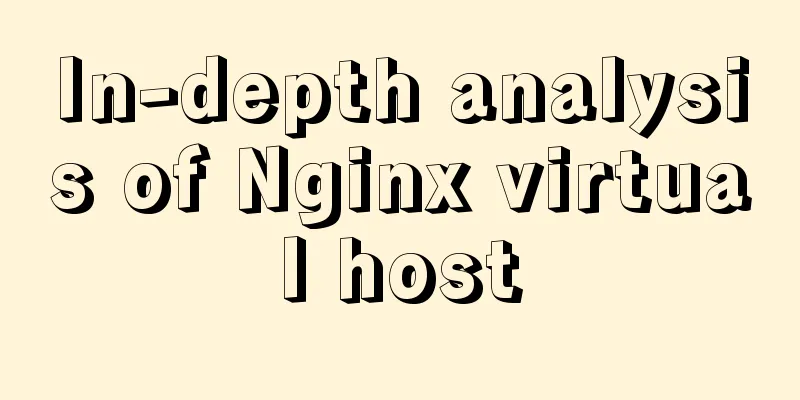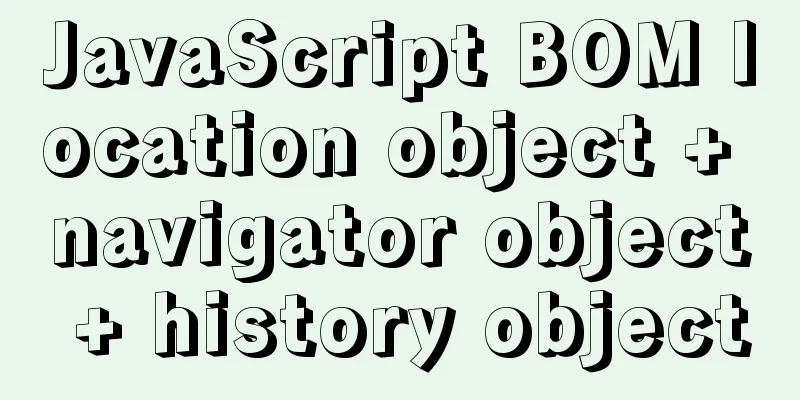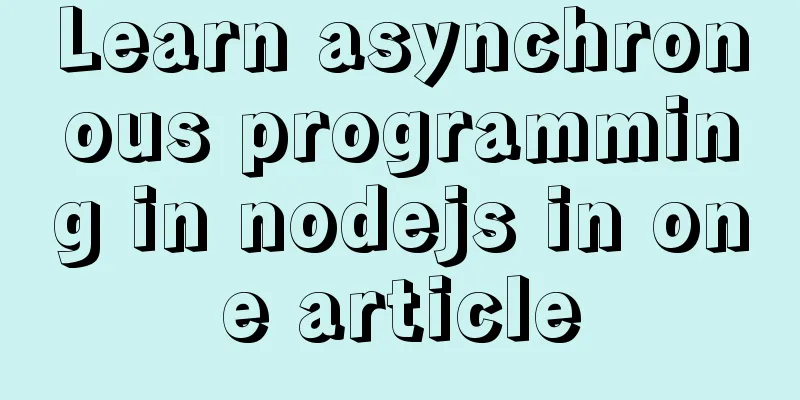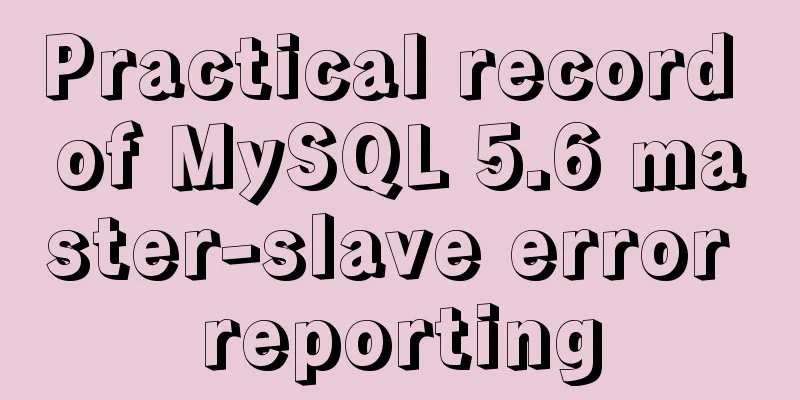CentOS 8 is now available
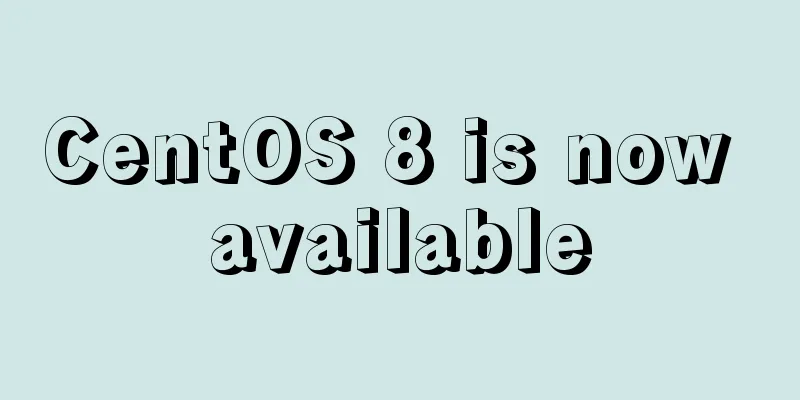
|
CentOS 8 is now available! CentOS 8 and RedHat Enterprise Linux 8 releases are consistent, both based on Fedora 28 and kernel 4.18. Tools that support traditional and emerging workloads provide users with a stable, secure, and consistent foundation across hybrid cloud deployments. CentOS fully complies with Red Hat's redistribution policy and strives to be fully functionally compatible with upstream products. CentOS's modifications to the components are primarily to remove Red Hat's trademarks and artwork. This version also includes the new CentOS Streams, which is a rolling release Linux distribution that exists between the upstream development of Fedora Linux and the downstream development of RHEL. You can think of CentOS Streams as a way to experience the latest Red Hat Linux features without having to wait too long. The main highlights of this release include: Distributions / Repositories
Software Management
Shell scripts and command line tools
Dynamic programming languages, web and database servers
desktop
Installer and Image Creation
Core Kernel
File systems and storage
Safety
network
Virtualization
Compilers and Development Tools
High availability and clustering
Releases for CentOS Linux 8 and CentOS streams https://lists.centos.org/pipermail/centos-announce/2019-September/023449.html Full RedHat Enterprise Linux 8 Release Notes https://access.redhat.com/documentation/en-us/red_hat_enterprise_linux/8/html/8.0_release_notes/overview iso file download address http://mirror.centos.org/centos/8/isos/x86_64 http://mirror.centos.org/centos/8-stream/isos/x86_64 CentOS 8 Download https://centos.org/download/ Domestic mirror download http://mirrors.neusoft.edu.cn/centos/ Okay, that’s all I have to say for this article. Thank you for reading! You may also be interested in:
|
<<: Use of LRU algorithm in Vue built-in component keep-alive
>>: A detailed analysis of the murder caused by a misplaced double quote in MySQL
Recommend
Ubuntu Server Installation Tutorial in Vmware
This article shares with you the Ubuntu server ve...
How to use CSS to achieve two columns fixed in the middle and adaptive
1. Use absolute positioning and margin The princi...
jQuery achieves breathing carousel effect
This article shares the specific code of jQuery t...
How to update the view synchronously after data changes in Vue
Preface Not long ago, I saw an interesting proble...
Rendering Function & JSX Details
Table of contents 1. Basics 2. Nodes, trees, and ...
MySQL fuzzy query usage (regular, wildcard, built-in function)
Table of contents 1. MySQL wildcard fuzzy query (...
Detailed explanation of log processing of Docker containers
Docker has many log plug-ins. The default is to u...
Detailed explanation of concat related functions in MySQL
1. concat() function Function: Concatenate multip...
10 HTML table-related tags
In fact many people will say “I’ve seen that table...
Detailed explanation of how to use the vue verification code component
This article example shares the specific implemen...
Detailed steps to change the default password when installing MySQL in Ubuntu
Step 1: Enter the directory: cd /etc/mysql, view ...
How to use Tencent slider verification code in Vue3+Vue-cli4 project
Introduction: Compared with traditional image ver...
Similar to HTML tags: strong and em, q, cite, blockquote
There are some tags in XHTML that have similar fu...
Writing Snake Game with Native JS
This article shares the specific code of writing ...
Nginx one domain name to access multiple projects method example
Background Recently, I encountered such a problem...

